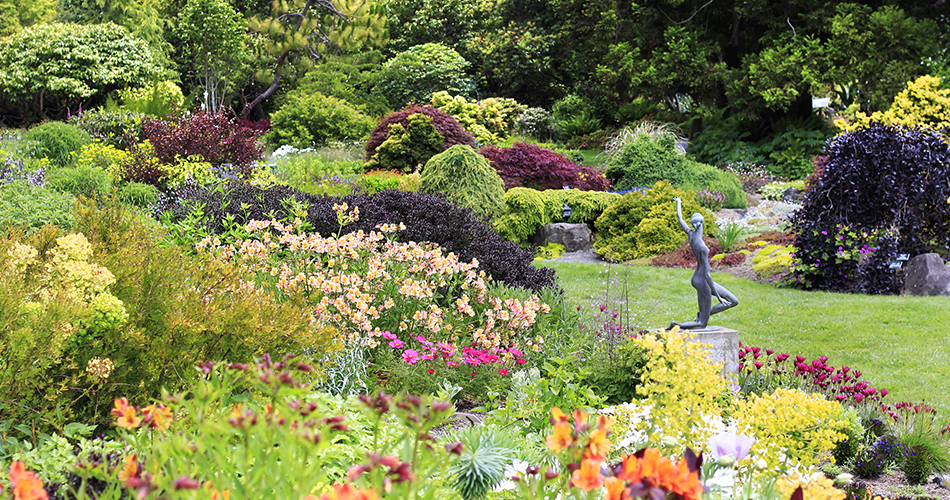Botanical garden
Botanical garden, (buh TAN uh kuhl), is a garden in which plants are grown chiefly for scientific, educational, and artistic purposes. Botanical gardens usually are part of an institution or other center of learning devoted to the study of plants. They often have courses for adults on the uses of plants. In some gardens, children may learn about plants from skilled teachers.
There are various types of botanical gardens (Types Of Flowers ) in the United States. For example, the New York Botanical Garden in New York City and the Missouri Botanical Garden in St. Louis have year-round displays of plants from many parts of the world.
They must also have a thorough understanding of experimental procedures and of plant biology. Field botanists study plants in their natural habitat. This work requires a broad knowledge of plant taxonomy and ecology.
A bachelor’s degree is sufficient for some careers in botany, but most positions require a master’s degree. A doctor’s degree is required for advanced positions in research or to teach botany at a university. New jobs for botanists will continue to be created as the world’s population grows and scientists search for better ways to use plants for food and medicine.
What do botanists study?
Botanists focus on four broad areas in their research:
1) Plant classification.
2) How do the plants function.
3) Plant habitats.
4) The usage of plants.
Most botanical research involves more than one and sometimes all of these areas. In addition, each of the areas includes various specific fields of study. Because the plant kingdom is so diverse, most botanists focus on one or more specialized fields.
Plant classification and form provides the framework for almost all fields of botany. In studying a plant, a botanist must first know what type of plant it is. Botanists who specialize in systematic identify plant species. This field includes taxonomy, the science of naming and classifying plants. Botanists who specialize in morphology examine the form and structure of plants. Their research includes investigations of the cells and tissues that make up a plant’s internal structure.
How do the plants function. Plants must carry out a variety of activities to remain alive. Botanists specializing in physiology study the processes that enable plants to using an electron microscope, above, a botanist ‘studies minute features of a plant’s internal structure. The cells of a cabbage plant are visible in the photograph at the right. The cells are magnified about 50 times.
Grow and reproduce. These botanists examine how plants make and use food by photosynthesis, and how they obtain water, minerals, and nutrients from the soil. Much of their work focuses on the chemical processes that take place in the molecules in cells.
Botanists specializing in genetics study how plants pass characteristics on to their offspring through genes (hereditary material). Botanists studying molecular biology examine how genes affect plant form and function. They also study how genes may be altered to change plants or to create new plants through a process called genetic engineering.
Plant habitats are studied by botanists who specialize in ecology and geography. Plant ecologists study the relationship between plants and their environment. They also examine how plants interact with one another and with animals. Plant geographers study where plants live. They try to explain why certain plants grow in a particular region, but others do not.
Careers in botany
Botany offers a wide range of career opportunities. Most botanists work either for government agencies or for private industry as research scientists, laboratory technicians, or field botanists. Many technicians conduct agricultural or horticultural research and others develop new medicines from plants. These botanists must be skilled in the use of such sophisticated labora- many new types of plants and brought them to scholars to examine and identify. As a result, modern botany developed around such basic research areas as the classification of plants and the study of their form and function. These areas gradually expanded into many specialized fields as botanists focused on more specific aspects of plant life.
Over the centuries, scientists developed many different systems to classify plants. But most of these systems proved inadequate as knowledge about plants increased and new plants were found. During the mid-1700′s, the Swedish naturalist Carolus Linnaeus developed a system of naming plants that eventually became accepted as a standard classification system. Linnaeus used a binomial system of nomenclature, in which each plant has a unique name consisting of two parts.


Be First to Comment